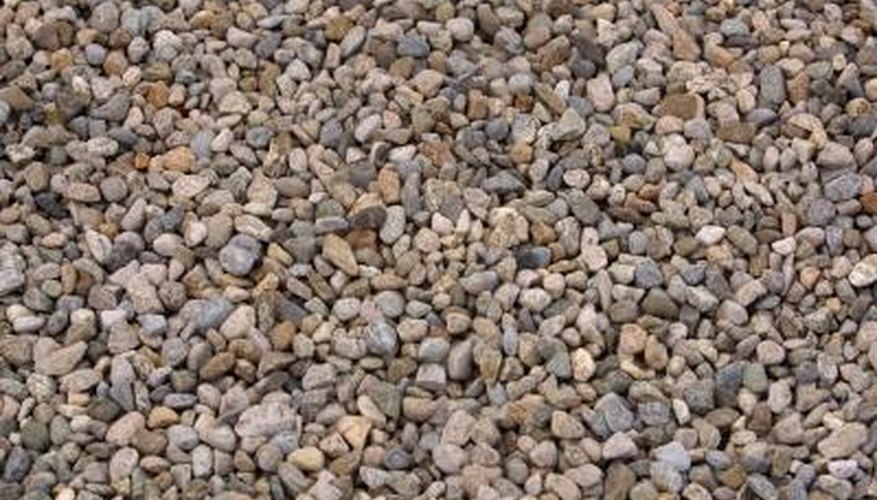Identifying pebbles and rocks on beaches is like holding a magnifying glass up to history. Some common beach rocks, such as basalt, are more than 1 billion-years-old. There are a huge variety of rocks and pebbles to be found on beaches. By noting variances in colour, crystal size and formation, and the hardness of the stone, you can narrow down which rock type it is and the minerals that are likely contained within.
Dip the stone in the sea to wet its surface. Use your magnifying glass to look at the rock or pebble. Look at the colour and composition of the rock to see what type of minerals might be contained inside. Some rock types, such as granite -- coarse-grained, speckled and with large crystals -- are instantly recognisable.
- Identifying pebbles and rocks on beaches is like holding a magnifying glass up to history.
- Use your magnifying glass to look at the rock or pebble.
Examine whether the surface of the rock or pebble is waxy, glassy or sub-metallic. Chalcedony is an example of a chalky stone, obsidian is a glassy stone and hermatite is a sub-metallic stone. Use your magnet to see if the rock or pebble is metallic or contains significant metallic elements, such as iron.
- Examine whether the surface of the rock or pebble is waxy, glassy or sub-metallic.
- Use your magnet to see if the rock or pebble is metallic or contains significant metallic elements, such as iron.
Break open your pebble or rock with the rock hammer. Look at the internal make-up of the stone, at the size and layering of the crystals. Gneiss, for example, has fine multicoloured crystals, slate is made up of many layers and basalt contains a huge amount of densely packed, very fine crystals.
Try to scratch the pebble or rock with your fingernail. If no line appears, do the same with a coin, then the shard of glass and finally, if still no line has appeared, the steel nail. A copper coin ranks 3.5 on the Mohs hardness scale, glass is rate 5.5 and a steel nail has a hardness of 7.5. After determining which of your test implements is harder than the pebble, you can consult the Mohs scale to determine which minerals are contained in your stone.
WARNING
Always wear protective goggles when breaking open stones with the rock hammer.
